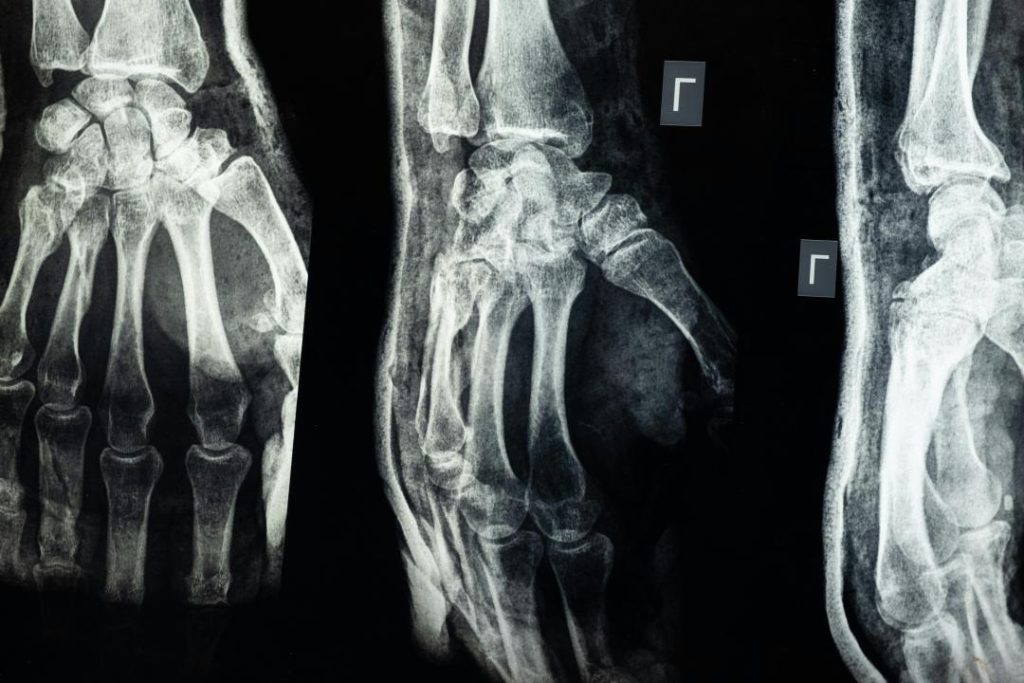
Low Muscle Mass in Women Can Lead to More Fractures: Study
As women enter menopause, they often experience a decline in muscle mass and strength. While this natural process can be unsettling, a new study suggests that this decline can have a more serious consequence: an increased risk of fragility fractures. In fact, a 10-year study published in the Journal of Cachexia, Sarcopenia and Muscle found that postmenopausal women with lower muscle mass and grip strength faced a higher risk of fragility fractures.
Fragility fractures are a significant concern for women, particularly in the postmenopausal stage of life. These types of fractures occur when a bone breaks due to normal daily activities, such as walking or coughing, rather than a traumatic event like a fall. The consequences of fragility fractures can be severe, leading to chronic pain, disability, and even death.
The study, which followed over 2,600 women for 10 years, found that those with lower muscle mass and grip strength were more likely to experience fragility fractures. The researchers used a combination of measures to assess muscle mass and strength, including measurements of muscle thickness, appendicular lean mass, and grip strength.
One of the key findings of the study was that adjusting muscle data for body size improved the accuracy of the results. This means that simply looking at muscle mass and strength without considering body size can lead to inaccurate conclusions. By taking body size into account, the researchers were able to identify women at risk of fragility fractures earlier and more precisely.
The study’s findings have significant implications for women’s health, particularly as they age. As women enter menopause, they often experience a decline in muscle mass and strength, which can be further exacerbated by factors such as inactivity, poor nutrition, and certain medical conditions. By identifying women at risk of fragility fractures earlier, healthcare providers can take steps to prevent these devastating injuries.
So, what can women do to protect their bone health as they age? The study’s findings suggest that maintaining muscle mass and strength through regular exercise and a balanced diet is crucial. Resistance training, in particular, has been shown to be effective in promoting muscle mass and strength in older women.
Additionally, healthcare providers can play a crucial role in identifying women at risk of fragility fractures and developing targeted interventions to prevent these injuries. This may include medications to prevent osteoporosis, such as bisphosphonates, as well as lifestyle modifications such as increasing calcium and vitamin D intake.
The study’s authors emphasize the importance of considering muscle mass and strength when assessing bone health in postmenopausal women. By taking a more comprehensive approach to bone health, healthcare providers can better identify women at risk of fragility fractures and develop targeted interventions to prevent these devastating injuries.
In conclusion, the study’s findings highlight the importance of maintaining muscle mass and strength in postmenopausal women. By identifying women at risk of fragility fractures earlier and more precisely, healthcare providers can take steps to prevent these devastating injuries. Women can play a crucial role in protecting their bone health by engaging in regular exercise and a balanced diet, while healthcare providers can work to develop targeted interventions to prevent fragility fractures.
Source:
https://thepfc.club/blogs/news/what-muscle-strength-can-tell-us-about-bone-health






